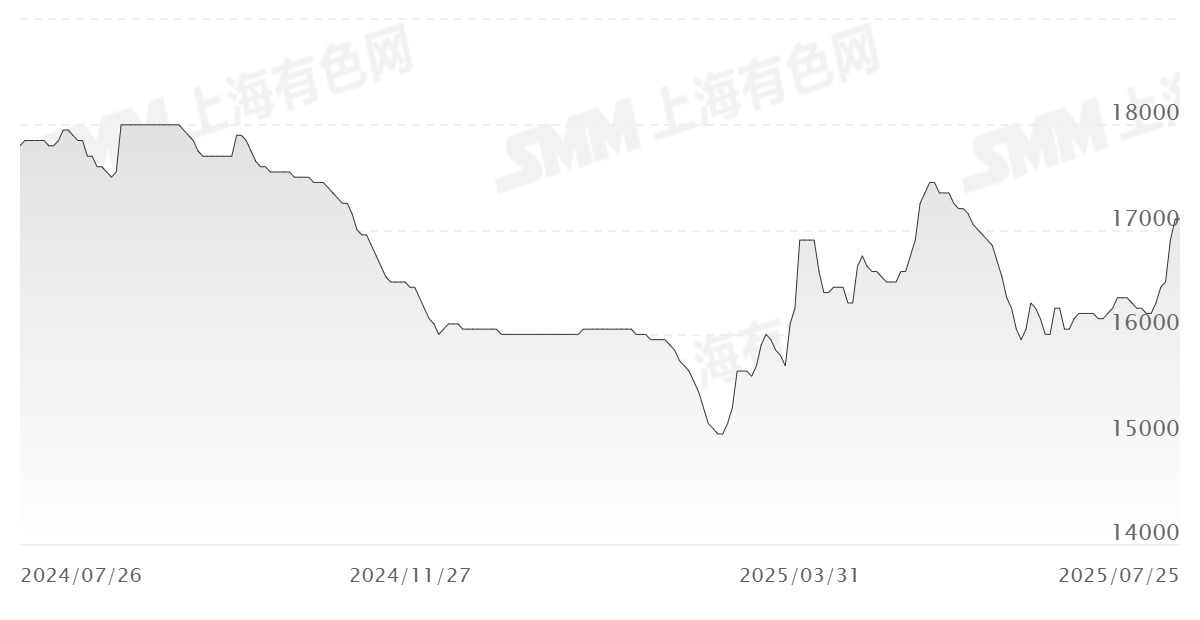






In July 2024, the Political Bureau of the CPC Central Committee meeting first proposed the concept of "preventing vicious 'rat race' competition," marking the official elevation of the "anti-rat race" issue to the national strategic level. In December of the same year, the Central Economic Work Conference upgraded it to "comprehensively addressing 'rat race' competition," explicitly regulating the behavior of governments and enterprises. At the Central Financial and Economic Affairs Commission meeting in July 2025, it was further clarified that efforts should be made to advance the construction of a unified national market, regulate enterprises' low-price and disorderly competition in accordance with laws and regulations, guide enterprises to actively improve product quality, and promote the orderly exit of outdated capacity.

Against this backdrop, the commodity market continued to heat up this week, with prices of various non-ferrous metals rising in tandem. The ferrous metals sector also surged, driven by the sharp increase in coking coal prices. Affected by the sharp jump in the prices of core raw materials for primary magnesium such as coal and ferrosilicon, coupled with the favorable conditions for a phased upward trend in the magnesium market's fundamentals, magnesium prices broke through the 17,000 yuan threshold on Thursday this week. Correspondingly, with multiple jumps in magnesium prices, traders' fear of high prices gradually intensified, and the trading atmosphere gradually became sluggish. Magnesium prices began to face downward pressure, with increased pressure for a price pullback.
Subsequently, another turning point emerged. On Friday afternoon, the ferrosilicon futures market hit the daily limit, with the most-traded ferrosilicon 2509 futures contract closing at 6,166, up 404, representing a 7.01% increase. Regarding the ferrosilicon fundamentals, there is a tight spot supply of ferrosilicon, and inventory levels remain low. Ferrosilicon prices may experience a phased rebound window due to the impact of the summer peak electricity consumption period, the increase in tender prices by steel mills, and the strengthening of cost support. However, limited by the dual constraints of gradually increasing supply pressure and the off-season demand, the rebound height is limited. If ferrosilicon prices continue to rise subsequently, magnesium mills' willingness to maintain high prices may further strengthen, providing strong support for magnesium prices.
Supply side, after a previous round of significant price increases, magnesium mills' inventory levels have reached extremely low levels, and manufacturers' reluctance to sell has persisted. Demand side, there is currently a clear suppressive trend. Downstream enterprises' acceptance of current prices has significantly decreased, and there is a strong wait-and-see sentiment in the market, leading to a stagnation in spot transactions. The favorable factors released by previous downstream concentrated procurement have partially manifested. If there is no substantial growth in subsequent demand, relying solely on the existing low inventory and raw material support, the momentum for magnesium prices to continue rising will be limited.
Overall, under the interaction of supply-side support and demand-side suppression, the short-term fluctuations of magnesium prices will mainly revolve around a high level, and the market needs to find a new balance amid the competition between the two.
For queries, please contact Lemon Zhao at lemonzhao@smm.cn
For more information on how to access our research reports, please email service.en@smm.cn